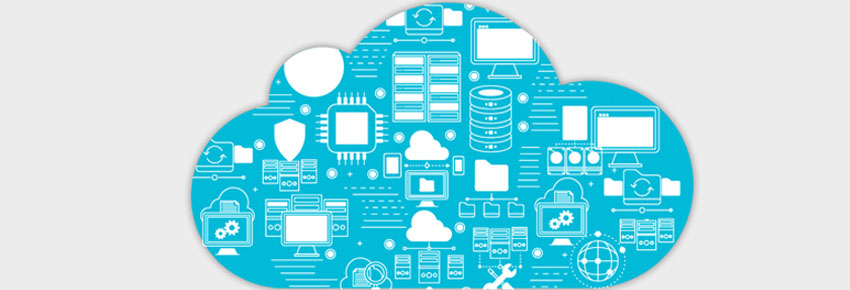Multi-Tenant Architecture – What It Means and Why It’s Preferred
Sep 16, 2020 | 42Gears Team

Today, it’s nigh-impossible to run a business without using some kind of software application. And software solutions often reside in a multi-tenant architecture (although they can also be hosted in a single-tenant architecture if required). But why is that the case? And what exactly does “multi-tenant architecture” mean? Let us take a look.
What is a multi-tenant architecture?
In cloud computing, “software multitenancy” or “multi-tenant architecture” means that several customers (also called tenants or users accounts) share a single deployment of a software application, along with its database and hardware infrastructure. These tenants can be individual users; but more often than not, each tenant signifies a group of users from a particular organization. All user accounts are isolated, so tenants can view and access their own data only. This ensures privacy and data security for all tenants.
You can compare this structure to that of a bank. A bank stores all of its customers’ money at a single location. Every customer has a separate account, and customers do not have access to each other’s money or account details. They don’t even know each other. Every customer’s money, however, is safe and available to the account holder.
Benefits of multi-tenant architecture
As is evident from what we mentioned at the beginning of the article, in a single-tenant architecture, every tenant gets its own software instance, database, supporting hardware. This is precisely why multi-tenant architecture has the following advantages over it.
- Reduced Costs: With a multi-tenant architecture, the software solution provider can serve several customers from a single software deployment. This means the provider needs less supporting hardware, and multiple tenants share the maintenance and operating costs. Thus, the ongoing expenses of a multi-tenant arrangement tend to be far lower than those of single-tenant architecture.
- Continuous, Consistent, and Expedient Maintenance and Updates: It’s the solution provider who is responsible for security patches and software updates. In a multi-tenant architecture, new features can be added and bug fixes need to be applied just once (without any involvement on the tenants’ part) as opposed to a single-tenant arrangement where vendors need to update every software deployment one-by-one. This also means that tenants in a multi-tenant architecture do not have to wait for fixes and/or updates to be rolled out to them individually. Everybody gets everything at the same time.
- Easy Customization: Multi-tenant SaaS offerings are highly customizable and configurable. Thus, tenants can get the software tailored to suit their business-specific needs without time-consuming, tricky, and often expensive custom development.
- Scalability: In multitenancy, it is easy for tenants to scale on-demand as the solution provider does not have to build a new data center for every new user. New users can get access to the same software deployment and database, typically for an incremental increase in the subscription cost.
- Improved Productivity: Since tenants share the database, code, and other elements of the technology stack, it becomes easy for a vendor to assess and optimize utilization and speed. This translates to improved productivity for tenants (as they can focus more on core tasks without worrying about software performance).
SureMDM Hub, 42Gears’ multi-tenant architecture for easy license allocation and management, ensures that partners and managed service providers have to set up and manage just one deployment of SureMDM Hub hosting multiple customer instances. It also has APIs for third-party integration and options for custom branding of customer instances. For information on SureMDM Hub, please click here.
Have you figured out the right way to
handle remote access?
Subscribe for our free newsletter






